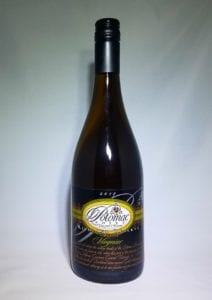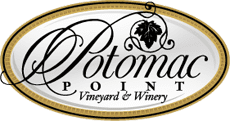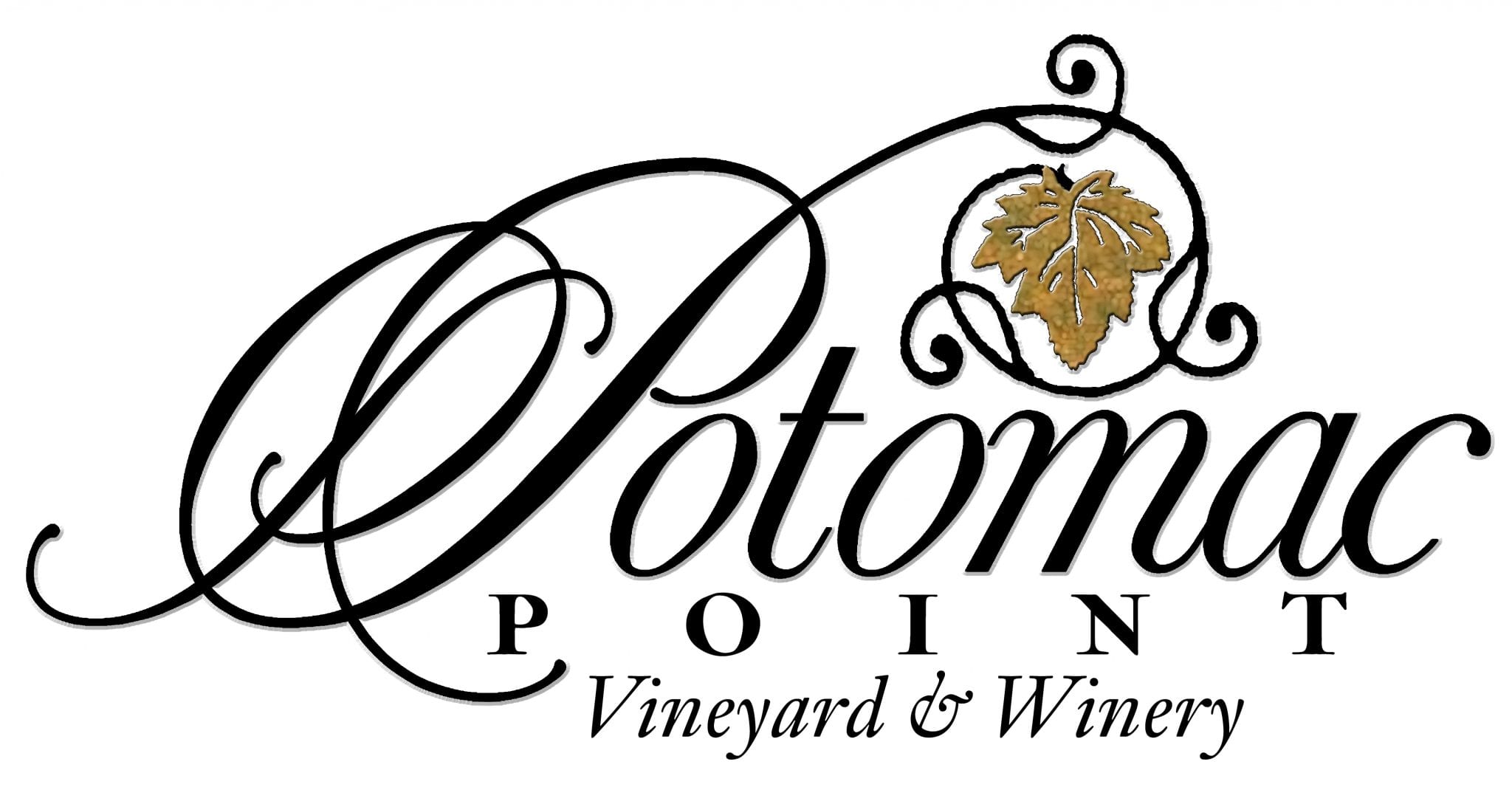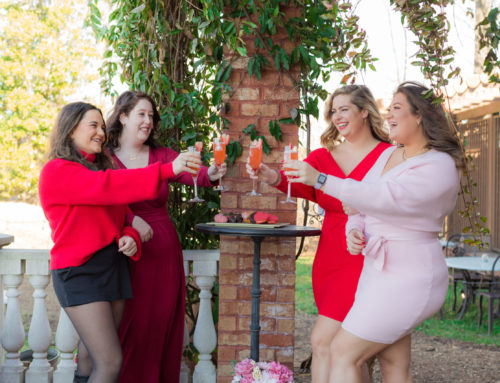We are excited to announce the release of our Viognier SL, which is a Virginia Viognier containing only naturally occurring sulfites. As the trend of eating naturally/organically grows stronger, some consumers have begun to pay more attention to the “contains sulfites” labels on wine. These two words you see on almost every bottles of wine, yet they are so frequently misunderstood. Let’s start with what sulfites actually are. Sulfites is a term for sulfur dioxide (SO2), a preservative that is widely used in winemaking (and most food industries) for its antioxidant and antibacterial properties. SO2 plays an important role in preventing oxidization and maintaining a wine’s freshness. All beer, wine and cheese contain some natural sulfites. However, the presence of these sulfites is so low that it normally does not present a problem to anyone except the most sulfite-sensitive. For example, the number of sulfites you can find in one strip of bacon is often more than you will find in an entire bottle of wine! Consumption of sulfites is generally meaningless, unless you suffer from severe asthma or do not have the particular enzymes necessary to break down sulfites in your body. The FDA estimates that less than 1% of the U.S. population is sulfite-sensitive, so it is relatively rare.
It is important to remember that sulfites are also a natural by-product of the yeast metabolism during fermentation. So even if you do not add any additional SO2, your wine will still contain sulfites. Winemakers from around the world have added tiny amounts (parts per million) of additional sulfite to wine for centuries, dating all the way back to ancient Egypt. Adding sulfites prevents wine from oxidizing and spoiling, allowing it to age and develop its full flavor potential; and thanks to modern winemaking techniques, today’s wines have the lowest amount of sulfite that they have ever had (most wines with added sulfites contain only 25-150 ppm). Wines without any SO2 will generally have a shorter shelf life and need to be kept in perfect storage conditions. Given that a winemaker has very little control over the wine’s storage conditions from the time the wine leaves the winery until it is consumed, it is little wonder that SO2 is so widely used to help guarantee that the bottle of wine you open will be fresh and clean, and taste as the winemaker intended.
Our winemaker, David, took this new “low sulfite trend” as a fun challenge to push the envelope, be inclusive to all consumers and challenge sulfite myths. The key to creating our new low sulfite viognier is a quicker time from grape to bottle. Compared to PPW’s standard Viognier our NEW Viognier SL spends far less time in tank. Our regular viognier ages for 9/10 months in stainless steel, while Viognier SL only spent around 3 months in tank. Viognier SL also calls for a very light pressing, bringing clean aromatics and avoiding the risk of high PH levels, which could potentially lead to oxidation and spoilage. Viognier SL is a light and clean wine with hints of apple, pear and tropical fruit. This wine will pair with almost any food and is a great sipping wine. In comparison, our standard Viognier is more perfumed and layered with more flavor and aroma. Due to more aging on the lees in our standard Viognier, this wine tends to have more volume and structure. We’re excited for you to taste the difference and give us your feedback!







